Special Report
40 Popular Discontinued Snack Foods We Really Miss

Published:
Last Updated:

Major food companies employ virtual armies of chefs, food scientists, and marketing gurus dedicated to developing, test-marketing, and (if all goes well) eventually rolling out new products. Both salty and sweet, and sometimes both at once, these items tend to tempt consumers into eating more sugar, salt, and/or fat that is good for them.
Along the way, though, they also please us with their vivid flavors and attractive textures — and when they eventually disappear from the shelves, as many of them do, we end up missing them, even though we realize that they’re not exactly constituents of a healthy diet. (Sometimes, though, there are healthy versions of old-school junk-food snacks.)
While some of these products might seem like innovations, most are simply variations on existing ones, imbued with new flavorings or produced in different shapes or sizes.
Why do such snack foods get discontinued? In most cases, it’s simply a matter of sales. They just don’t generate the revenue that projections called for, and so are phased out in favor of the tried-and-true, or of other new introductions that might end up doing better.
24/7 Tempo consulted numerous snack food fan pages, company histories, and rating sites to compile this list of chips, candies, and other such items that we wish we could eat again right now.
Sometimes we get the chance. Scrapped products may be brought back in some cases, either in their original form or with slight variations (or new names). Consider, for example, the saga of the Mars candy company’s Peanut Butter Twix — which has been on and off the market numerous times since its debut in the 1980s.
Click here to see 40 discontinued snack foods we really miss.
Fans of discontinued snack foods have several options: Sometimes the products are still made in other countries, such as Mexico, Canada, or Australia, and these may be available by mail order. On the other hand, there are numerous products you can’t find outside of America.
Collectors also sell unopened packages of the original on eBay and other sites — and some aficionados turn to crowd-sourcing platforms like change.org and ipetitions.com to beg companies to gear up production of their favorites again.
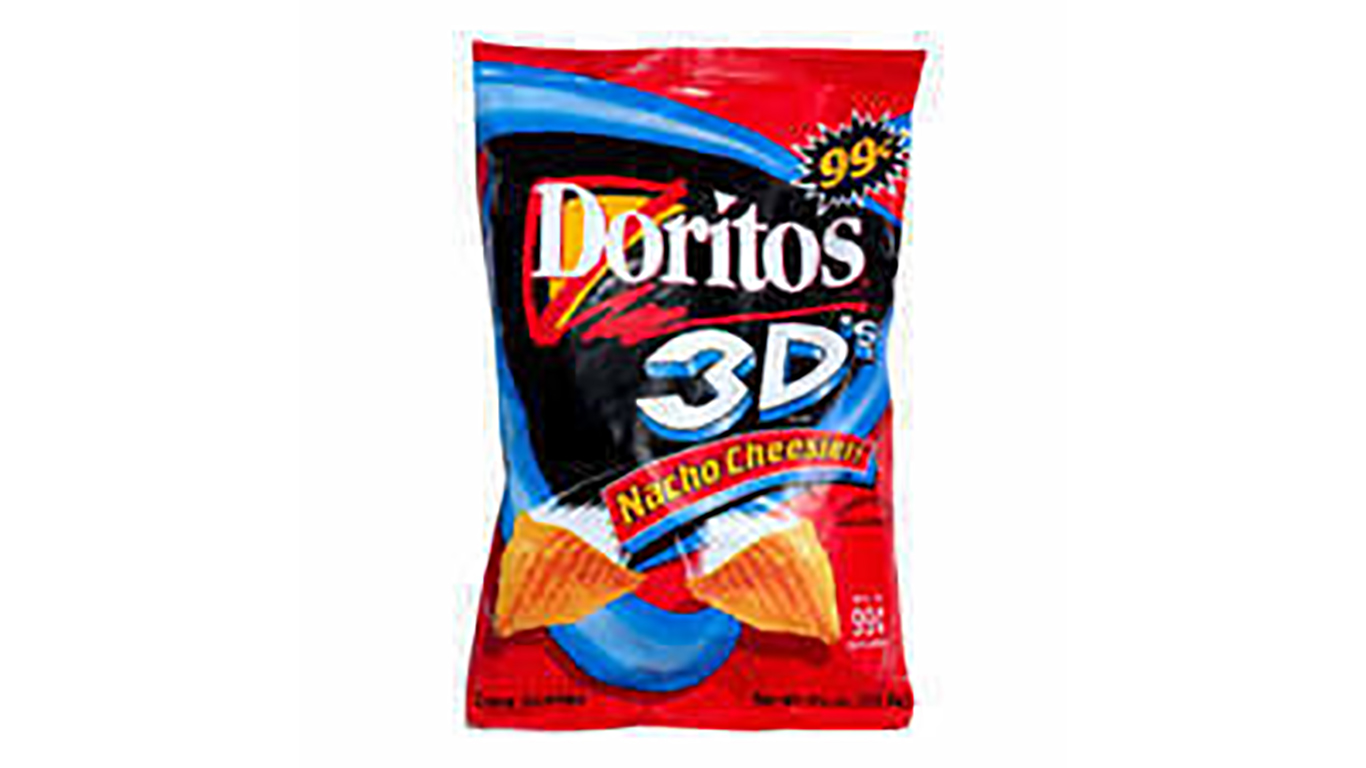
Doritos 3D
> Introduced: 1998
> Discontinued: 2004
> Maker: Frito-Lay
Basically Doritos in a conical shape instead of the familiar flat triangle, these chips came in four flavors: Nacho Cheesier, Jalapeño & Cheddar, Texas Paprika, and Zesty Ranch.
[in-text-ad]
3 Musketeers Truffle Crisp Bars
> Introduced: 2010
> Discontinued: 2012
> Maker: Mars
These finger-shaped bars were described on their packaging as “whipped-up chocolate truffle on a crisp layer enrobed in real milk chocolate.”
Altoid Sours
> Introduced: 2004
> Discontinued: 2010
> Maker: Wrigley
There were five flavors of these “curiously strong” hard candies: raspberry, lime, tangerine, apple, and mango. A single unopened tin of these Altoids is currently listed on Amazon at a price of $499.99.
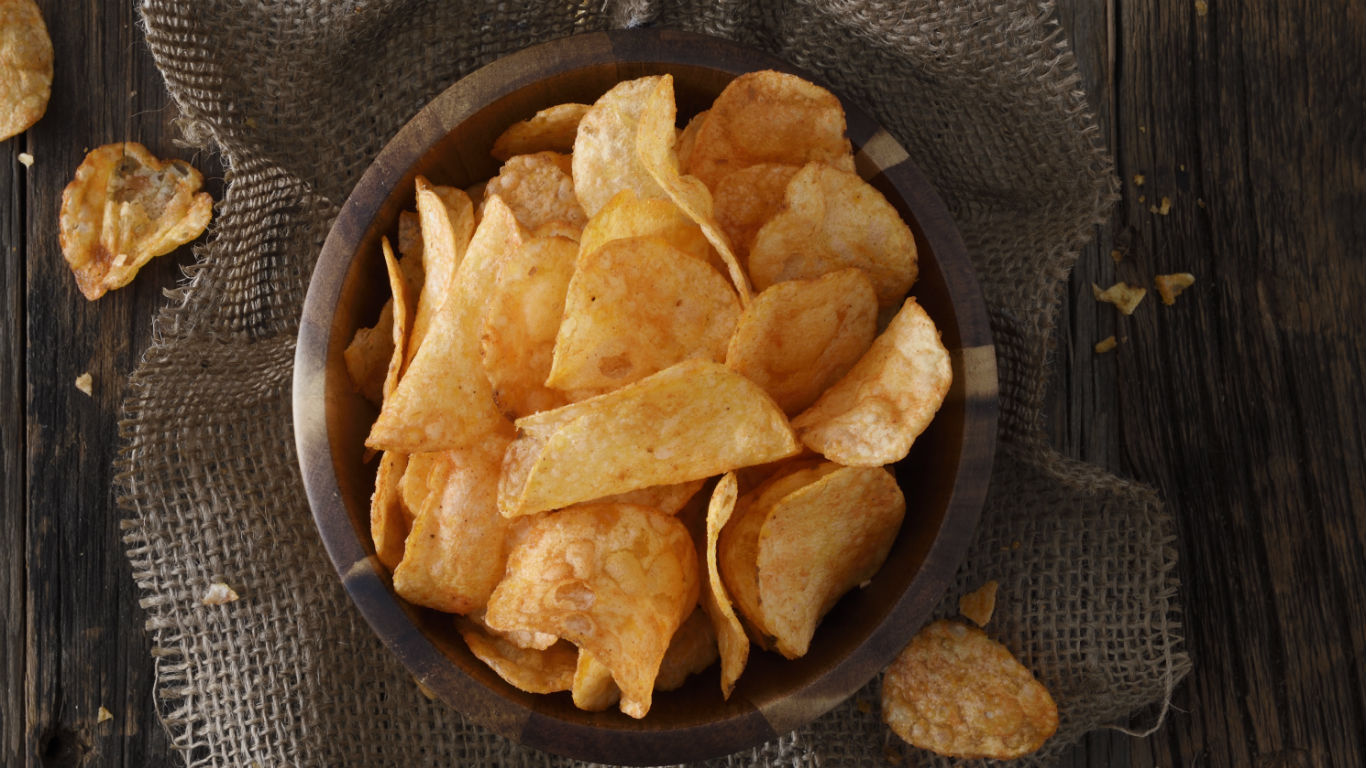
Blue Bell Bar-B-Q Potato Chips
> Introduced: 1960
> Discontinued: 1995
> Maker: Sunshine Biscuits, Inc.
Chips from this Oregon-based brand, made by a company founded in 1929, were sold throughout the Pacific Northwest and northern California.
[in-text-ad-2]

Butterfinger BBs
> Introduced: 1992
> Discontinued: 2006
> Maker: Nestlé
More the size of marbles than BBs, these candies — once plugged on the television show “The Simpsons” — were reintroduced in 2009. Fans claimed they weren’t the same, and in any case they’re now shaped like mini-candy bars instead of spheres.
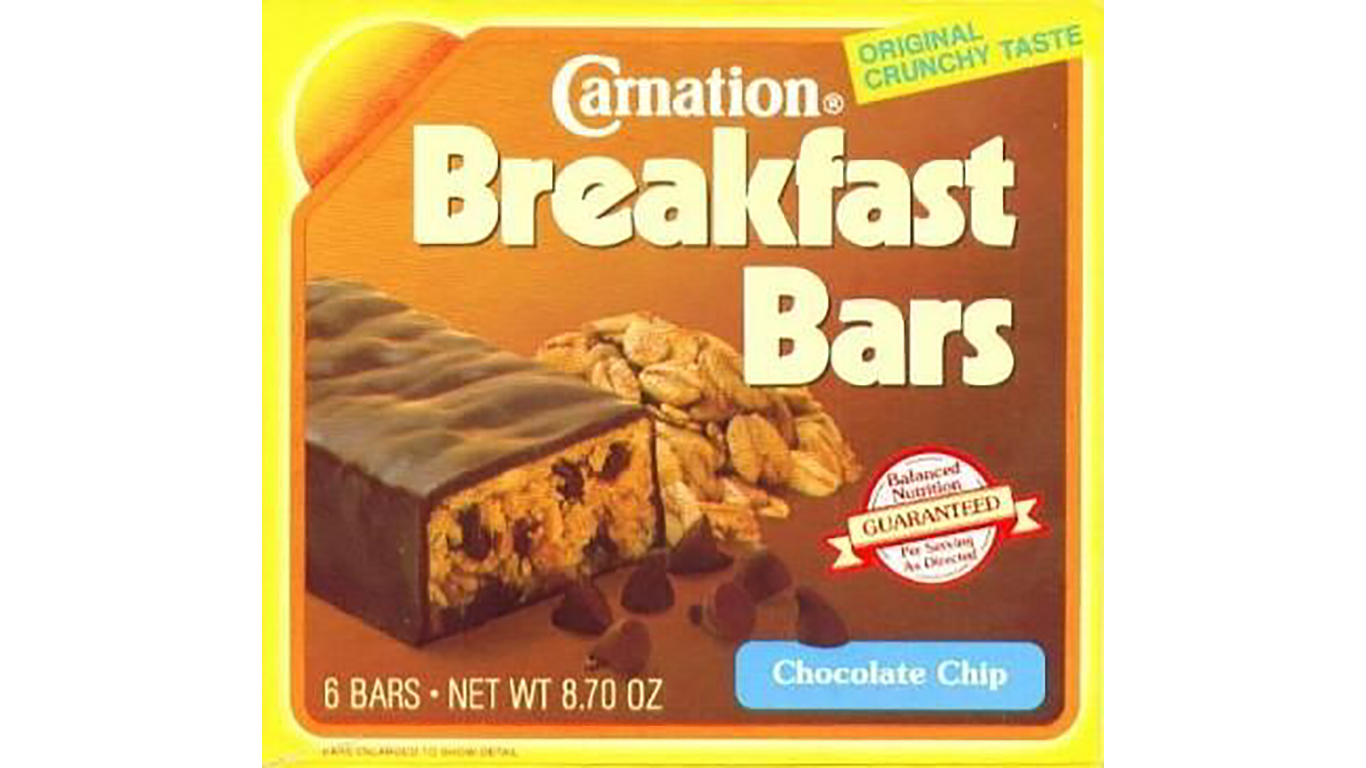
Carnation Breakfast Bars
> Introduced: 1975
> Discontinued: 1997
> Maker: Carnation
These dense protein bars came in several flavors, including Chocolate Crunch and Peanut Butter Crunch.
[in-text-ad]
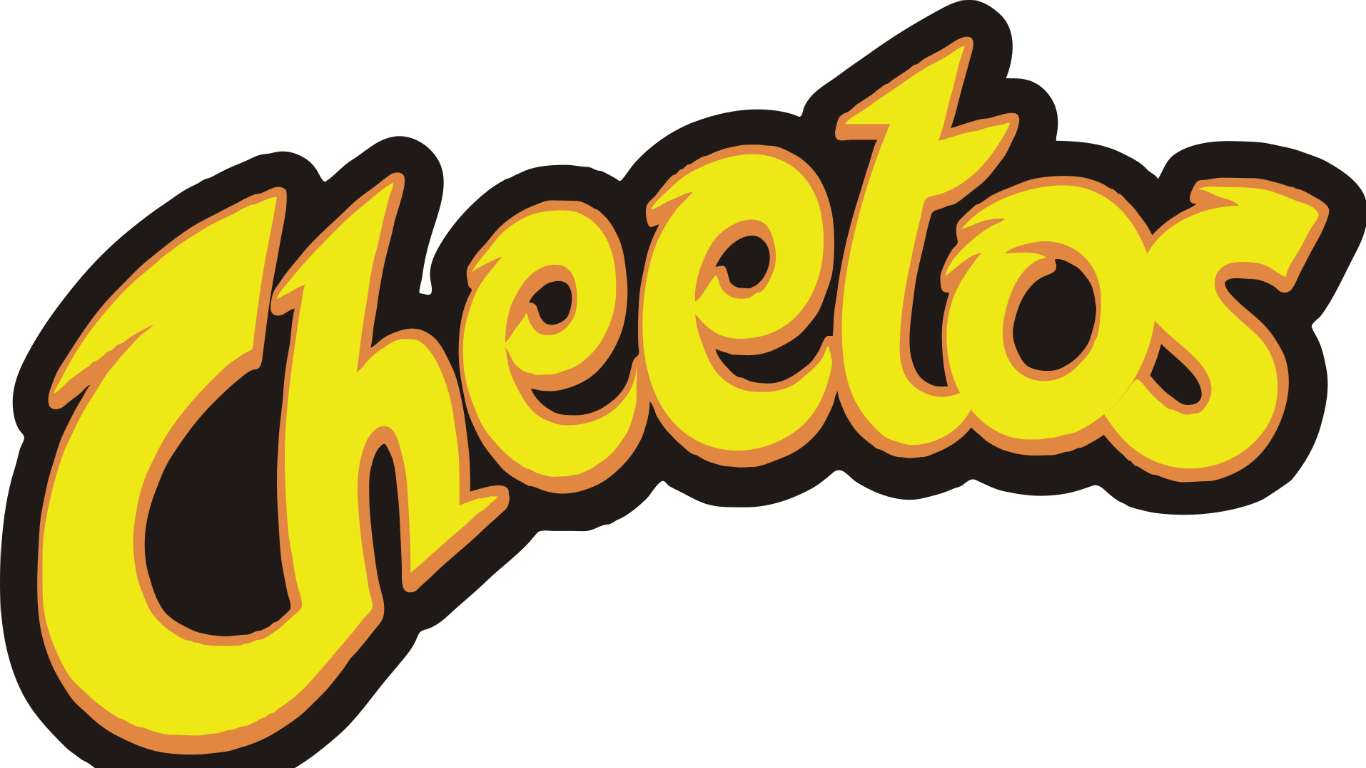
Cheetos Cheesy Checkers
> Introduced: 1995
> Discontinued: 1998
> Maker: Frito-Lay
According to their bag (which spelled the brand name with a hyphen, as Chee-Tos), these “crunchy snacks” — shaped like grates, with 12 squarish holes — were made with “33% more cheese” (though what this was in comparison to wasn’t specified).

Cheetos Twisted
> Introduced: 2002
> Discontinued: 2012
> Maker: Frito-Lay
These curlicue-shaped snacks, sometimes labeled Twisted Puffs, were described on the package as “Dangerously Cheesy.”
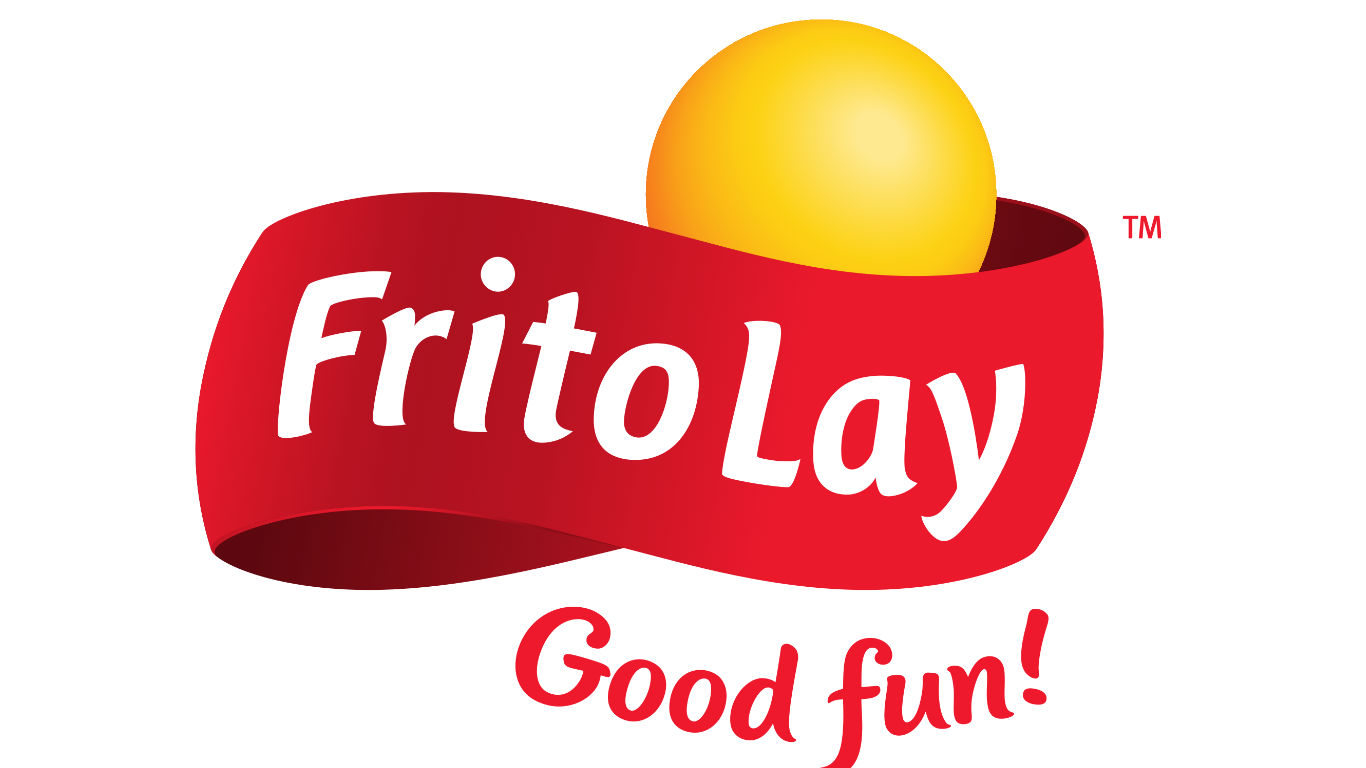
Crunch Tators
> Introduced: 1988
> Discontinued: Early to mid 1990s
> Maker: Frito-Lay
Similar in texture to what are now called “kettle-cooked” chips and featuring a party-animal cartoon alligator on the package, these came in two varieties — Mighty Mesquite BBQ and Hoppin’ Jalapeño.
[in-text-ad-2]
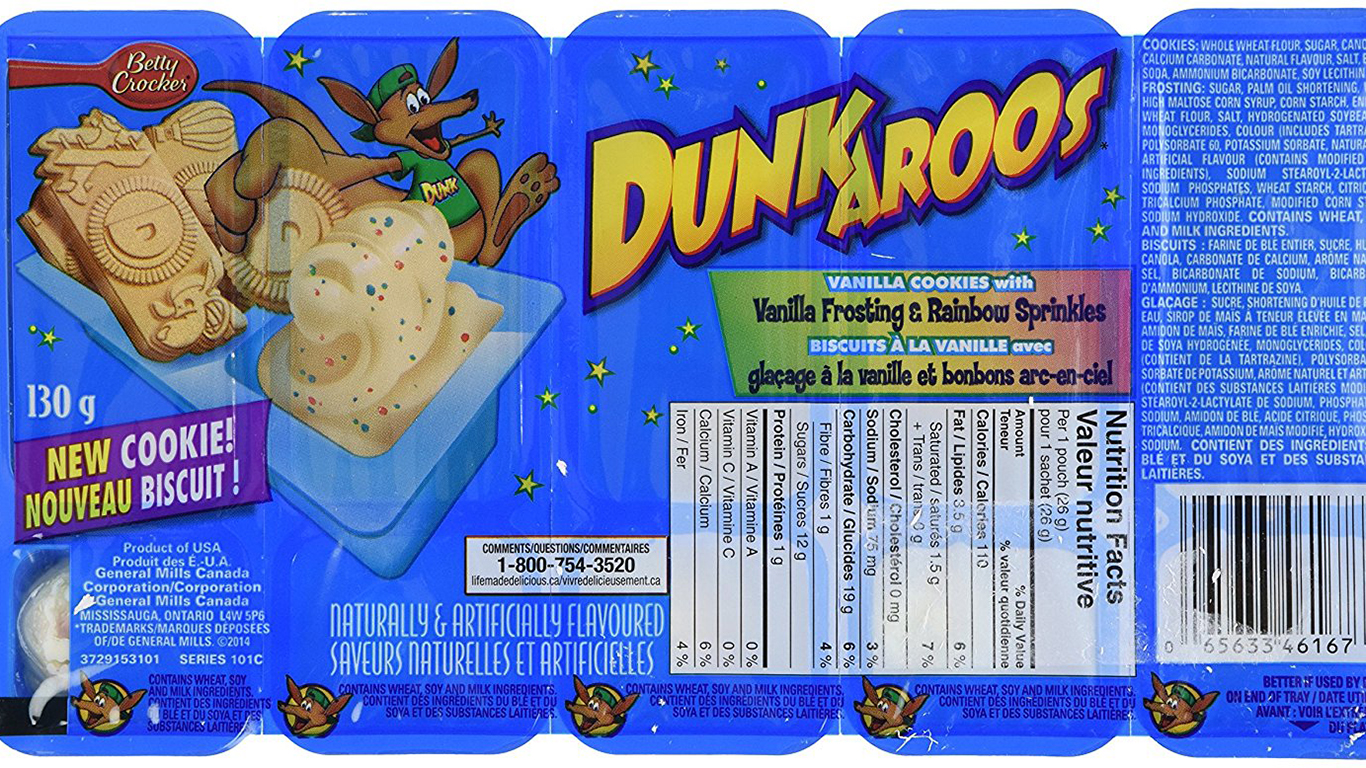
Dunkaroos
> Introduced: 1988
> Discontinued: 2012
> Maker: Betty Crocker (General Mills)
Dunkaroos, cookies meant to be eaten dunked in the frosting they’re packaged with, are still produced in Canada and Australia. Earlier this year, it was announced that they’d be returning to U.S. shelves this summer. Whether the coronavirus outbreak will delay their reintroduction remains to be seen.

Fiery Habanero Doritos
> Introduced: 2005
> Discontinued: 2012
> Maker: Frito-Lay
Though this flavor disappeared in the standard Doritos format, it continued on in Mexico with rolled cigarette-shaped chips under the Doritos Dinimita label, and is sold in the United States in small, three-dimensional triangles in the brand’s Flavor Shots series.
[in-text-ad]
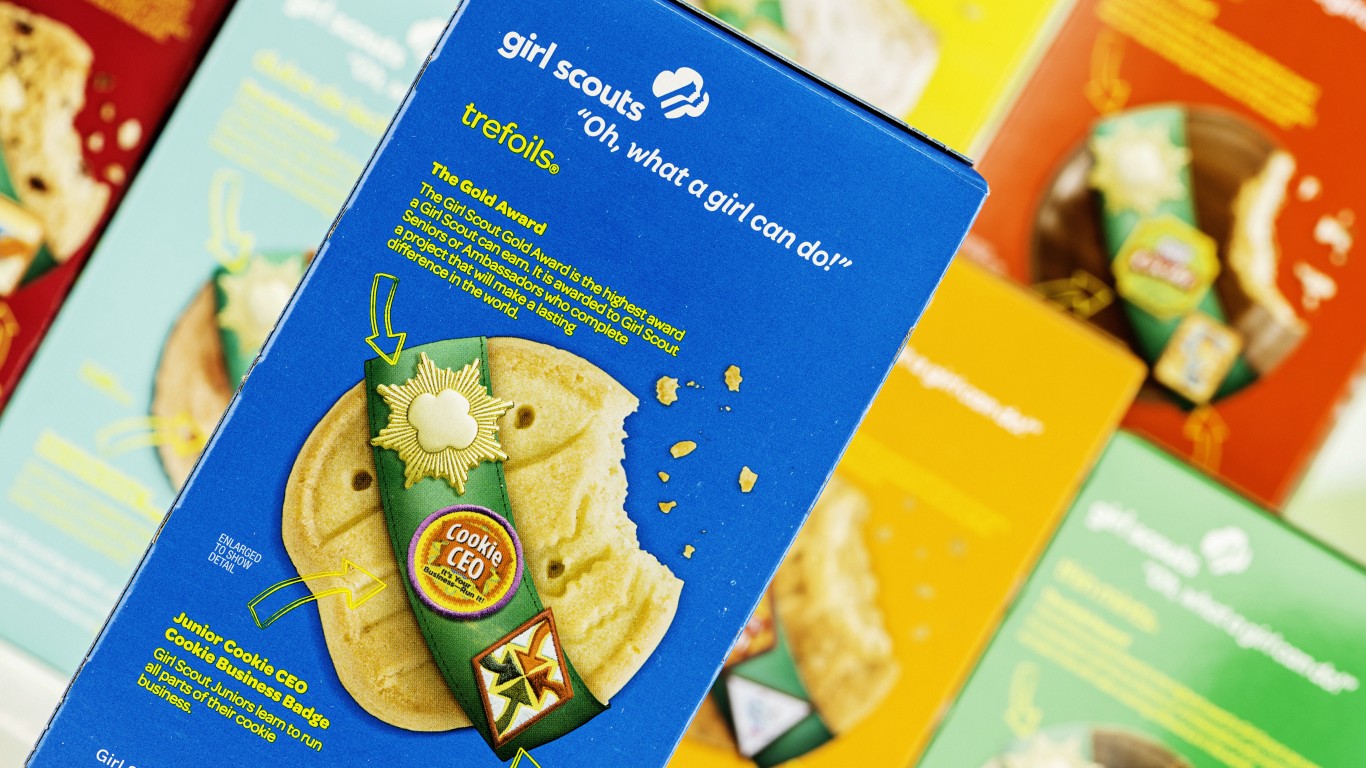
Golden Yangles
> Introduced: 1981
> Discontinued: 1992
> Maker: Various regional bakers for Girl Scouts
These are a rarity in more ways than one: Not only have they been out of circulation for almost two decades, but they were a Girl Scout cookie that wasn’t a cookie. Golden Yangles were puffed cheddar-flavored crackers, semi-triangular in shape, with one edge grooved into seven “fingers.”
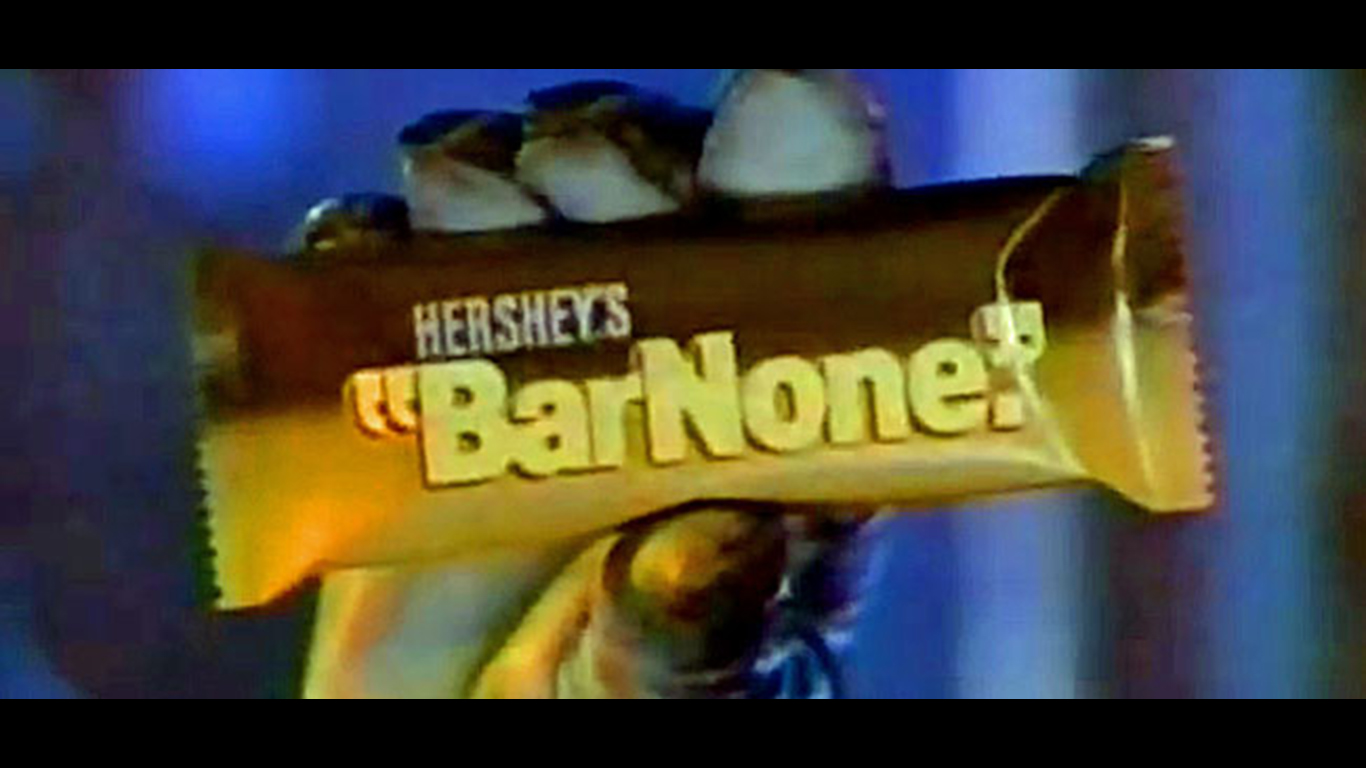
Hershey’s Bar None
> Introduced: 1987
> Discontinued: 1997
> Maker: Hershey
“Tame the Chocolate Beasty,” exhorted a Bar None commercial. The “Beasty” was a chocolate wafer with peanuts and a chocolate filling, all enclosed in more chocolate. In 1992, Hershey reformulated the Bar None to include caramel as well. A petition to bring back the candy garnered only 159 signatures.

Hershey Kissables
> Introduced: 2005
> Discontinued: 2009
> Maker: Hershey
Kissables, miniature Hershey’s Kisses coated in a hard candy shell, were originally made with milk chocolate, but the formula changed in 2007 and they lost the “milk chocolate” designation. Two years later, Hershey pulled the plug.
[in-text-ad-2]
Jell-O Pudding Pops
> Introduced: 1982
> Discontinued: 1993
> Maker: General Foods
Frozen pudding on a stick, these Pops came in various flavors, including chocolate, vanilla, and banana. They were first test-marketed in 1978, but rolled out nationwide only four years later. The Jell-O name was licensed to Popsicle in 2004, and the latter company marketed Popsicle-shaped Jell-O Pops until about 2011, when they faded away again.
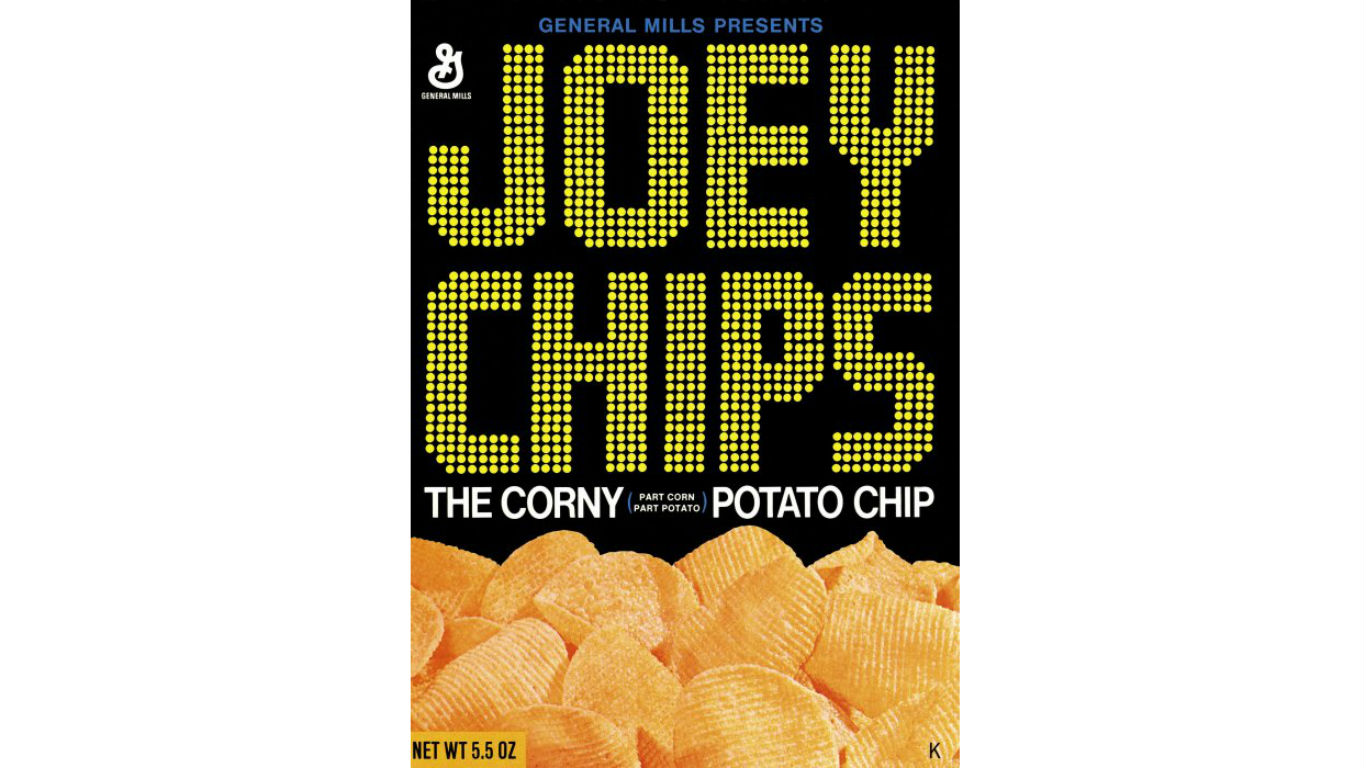
Joey Chips
> Introduced: 1967
> Discontinued: 1992 (?)
> Maker: General Mills
Billed as “The Corny Potato Chip,” these extruded, ridged chips were part reconstituted potato, part reconstituted corn.
[in-text-ad]
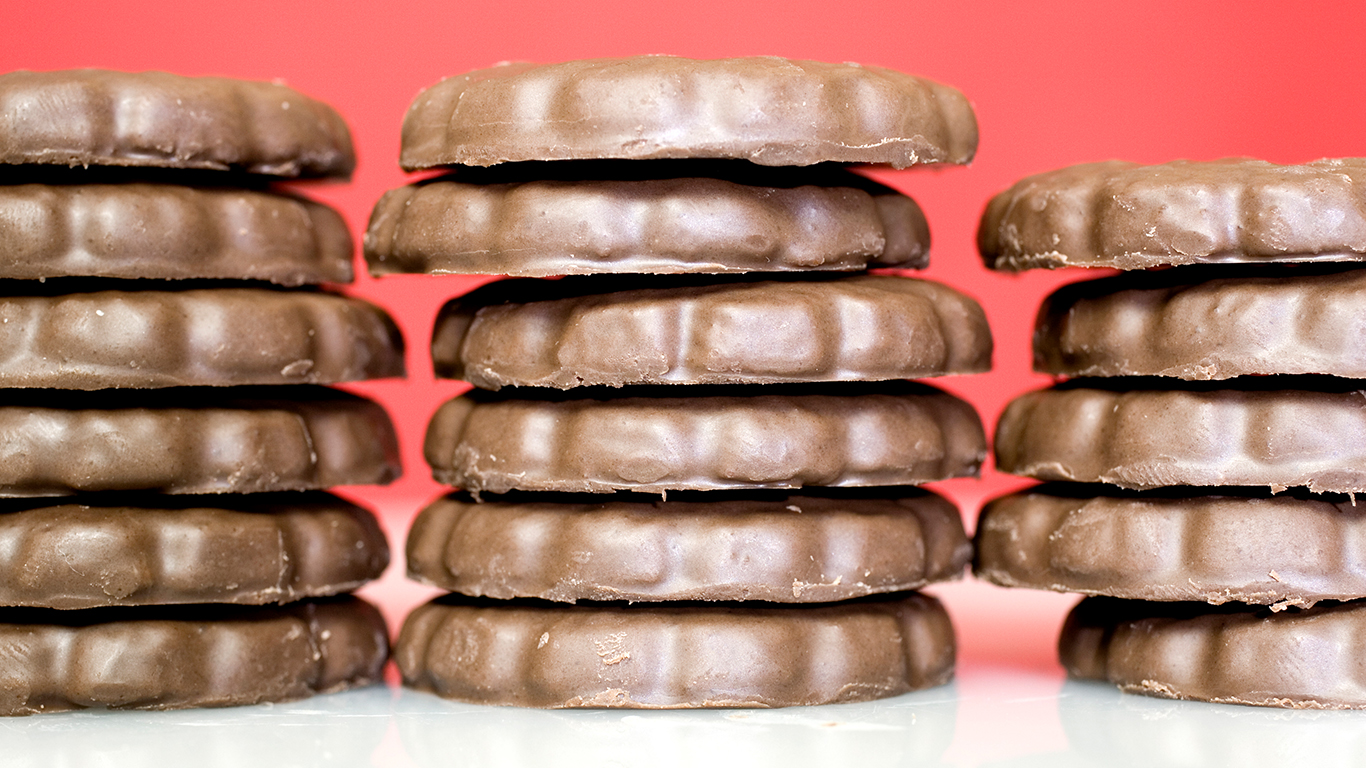
Juliettes
> Introduced: 1984/1993
> Discontinued: 1985/1996
> Maker: Little Brownie Bakers for Girl Scouts
Cookie-shaped versions of the chocolate turtle — cookies enhanced with pecans and caramel and covered with chocolate — these were named after Juliette Low, founder of the Girl Scouts. They made two appearances, in the mid-1980s and again in the mid-1990s.

Jumpin’ Jack Cheese Doritos
> Introduced: 1990
> Discontinued: 1995
> Maker: Frito-Lay
Jay Leno did commercials for these chips before his “Tonight Show” days. They were re-released for a limited time as a “throwback” flavor in 2013, then vanished again.
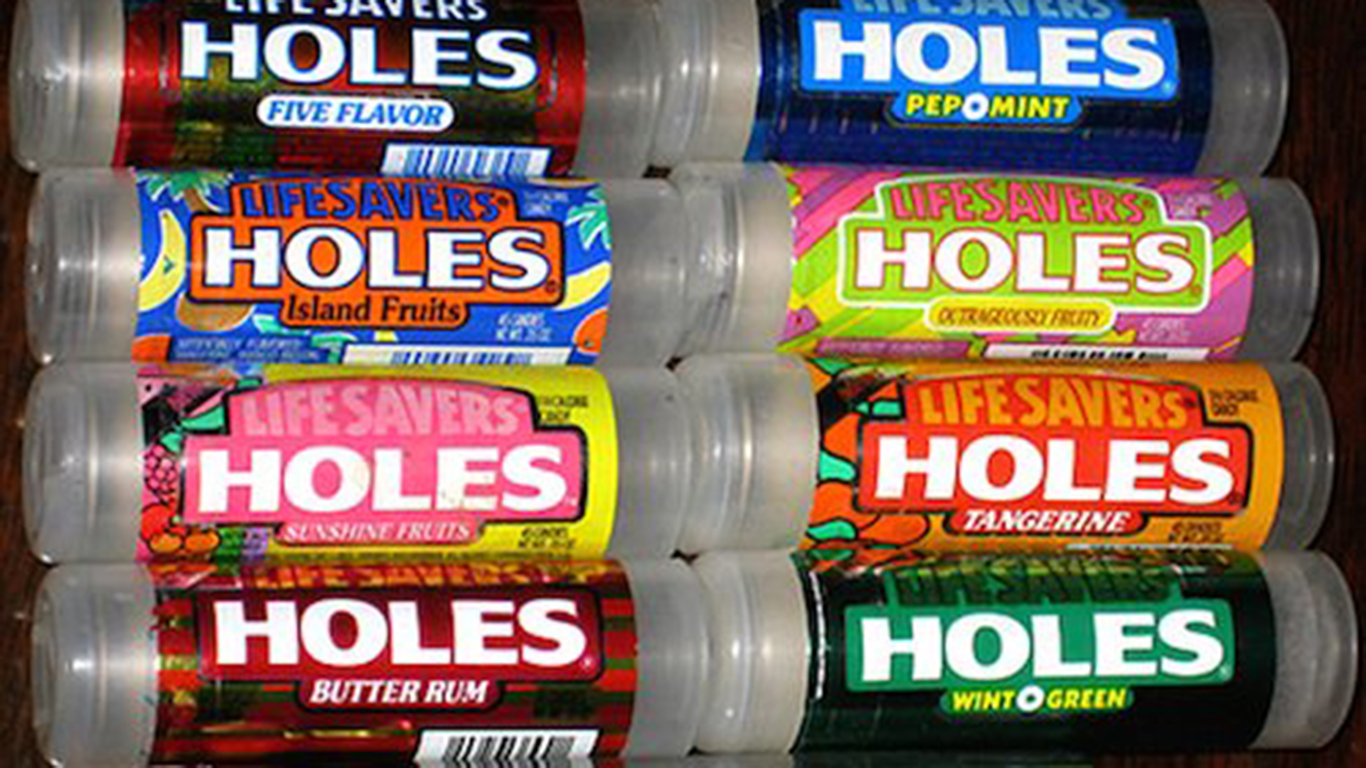
Life Saver Holes
> Introduced: 1990
> Discontinued: Early 1990s
> Maker: Nabisco
Nabisco began test-marketing these candies in 1989, before rolling them out nationally the following year. Though supposedly the centers removed from Life Savers, they were basically just Life Savers without the holes. They were recalled in 1991 because the cap on the tube they were packaged in proved to be a choking hazard for very young children. Though they went back on sale a few months later, they soon disappeared for good.
[in-text-ad-2]

Magic Middles
> Introduced: 2001
> Discontinued: 2011
> Maker: Keebler (Kellogg)
These were shortbread cookies filled with either fudge or peanut butter. It is said that the company phased them out because it needed the equipment that produced them for another item.

Marathon Bar
> Introduced: 1973
> Discontinued: 1981
> Maker: Mars
This candy bar, consisting of braided caramel covered in chocolate, was 8 inches long and had a ruler on the back of the package to prove it. (A 15-inch version, also with a ruler, was sold in some places.) Because of its size, it was advertised as “the candy bar you can’t eat quickly.” Though the Marathon is defunct, Cadbury’s Curly Wurly, made in the United Kingdom, is said to be virtually identical.
[in-text-ad]
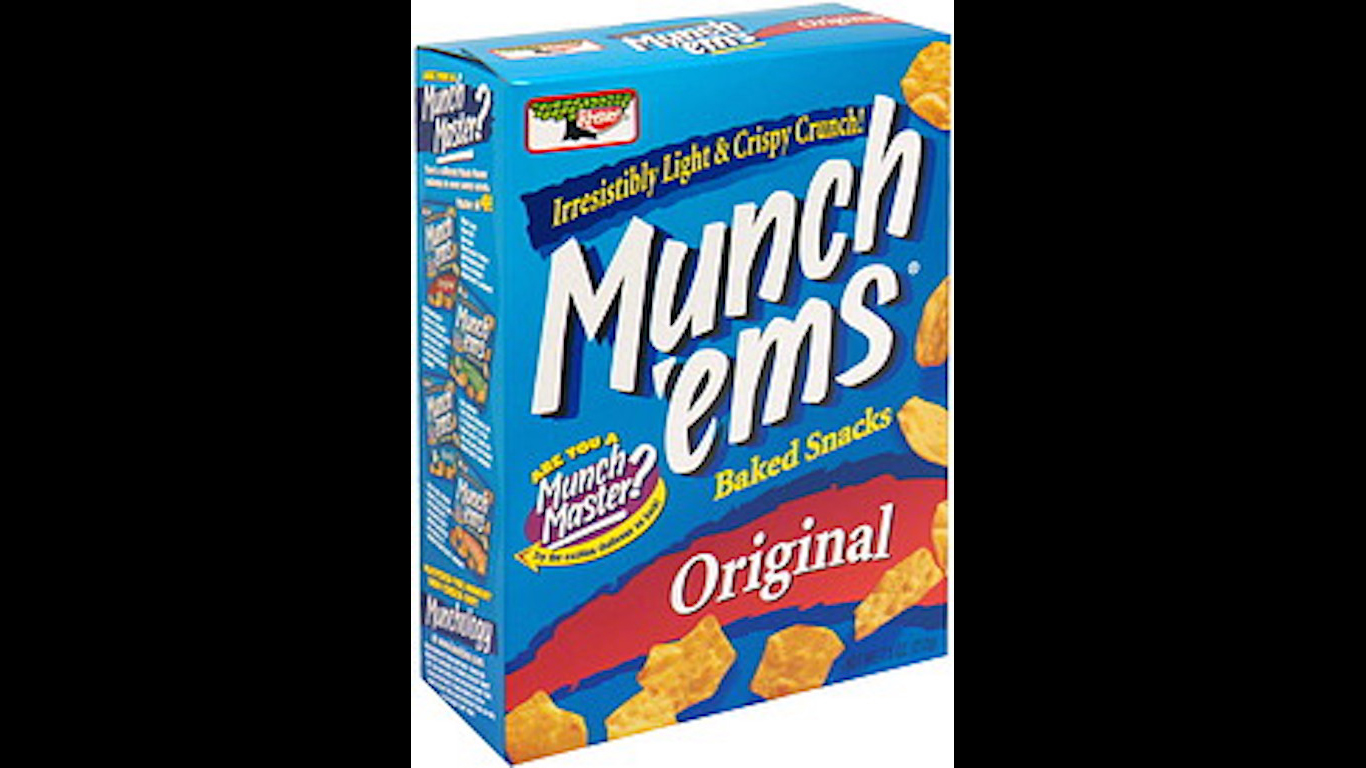
Munch ‘Ems
> Introduced: 1991
> Discontinued: Early 2000s
> Maker: Keebler
Billed as “Crackers That Crunch Like Chips!,” Munch ‘Ems were snack crackers produced in various flavors, including cheddar, ranch, and sour cream & onion.

Oreo Big Stuf
> Introduced: 1984
> Discontinued: 1991
> Maker: Nabisco
A gigantic Oreo, sold individually wrapped in boxes of 10, the Big Stuf weighed in at 316 calories, and was said to take 20 minutes to eat.
Oreo Cakesters
> Introduced: 2007
> Discontinued: 2012
> Maker: Nabisco
In a classic example of messing with success, Nabisco had the idea of replacing the cookie part of Oreos with soft chocolate sponge cake-like discs.
[in-text-ad-2]
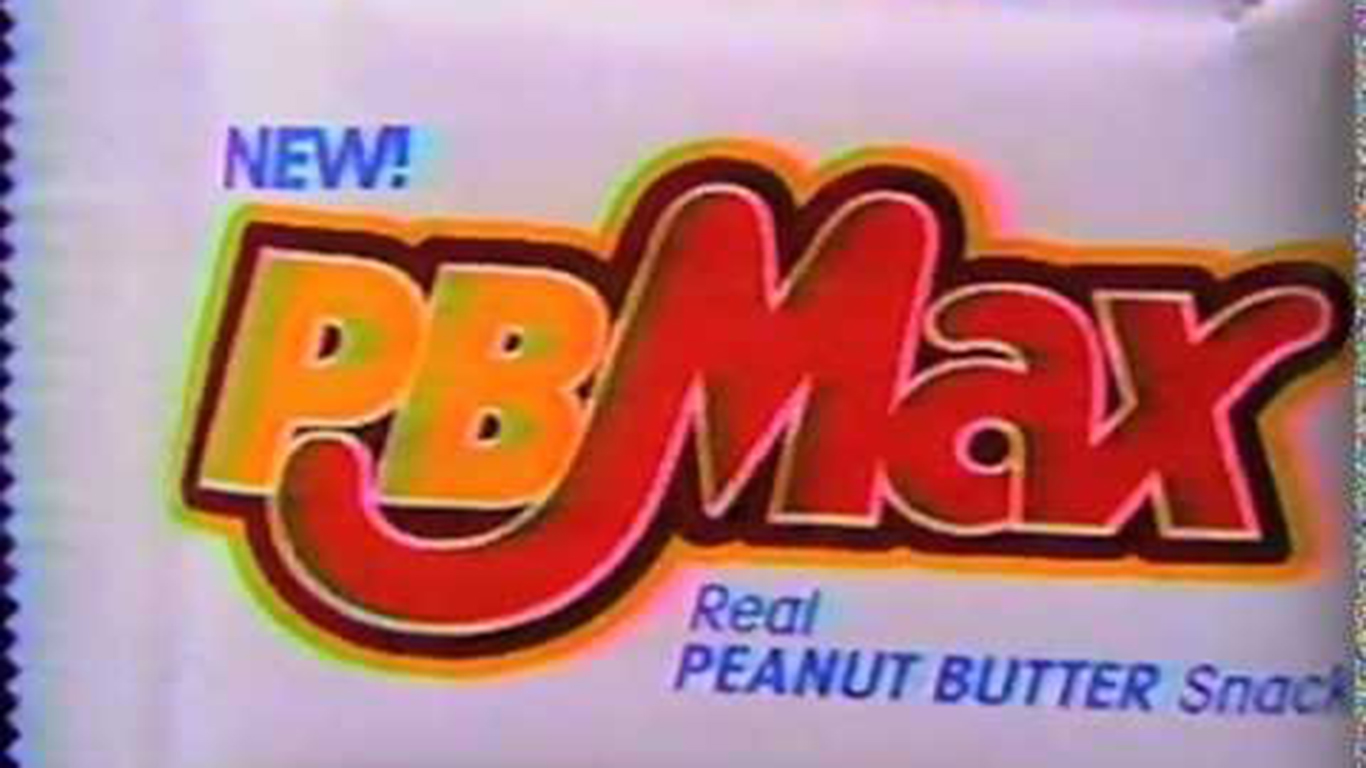
PB Max
> Introduced: 1990
> Discontinued: 1994
> Maker: Mars
This candy bar was a chocolate-coated arrangement of peanut butter and oats on top of a whole-grain cookie. Though it proved popular, it is said to have been discontinued simply because members of the Mars family didn’t like peanut butter.
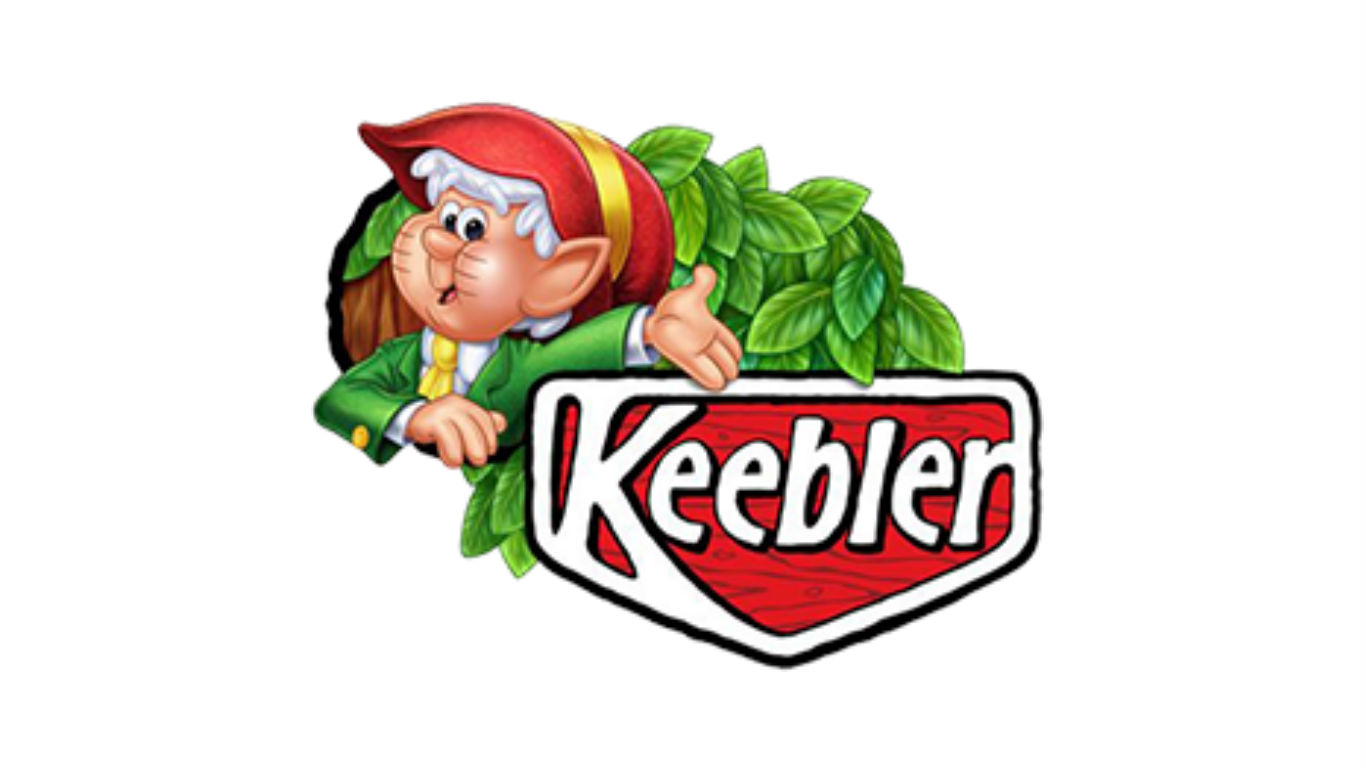
Pizzarias Pizza Chips
> Introduced: 1991
> Discontinued: 2000 (?)
> Maker: Keebler
The launch of these Doritos-shaped chips — in Cheese Pizza, Pizza Supreme, and Zesty Pepperoni flavors — was described by Keebler as “the most successful savory snack debut in the company’s history,” generating wholesale revenue of $75 million in their first year. They were discontinued around the time that Kellogg’s bought Keebler. A BringBackPizzarias Facebook group currently has more than 4,842 followers.
[in-text-ad]

Planters P.B. Crisps
> Introduced: 1992
> Discontinued: 1995 (?)
> Maker: Nabisco
These were cookies in the shape of oversized peanuts. There were three flavors — P.B. (peanut butter), Chocolate, and PB&J. A social media campaign is still trying to convince Planters to bring them back.

Reese’s Bites
> Introduced: 1999
> Discontinued: 2004
> Maker: Hershey
Small chocolate-coated spheres of peanut butter — in effect peanut butter cups in a different form — might have sounded like a good idea, but they turned out to be a choking hazard, so were taken off the market.
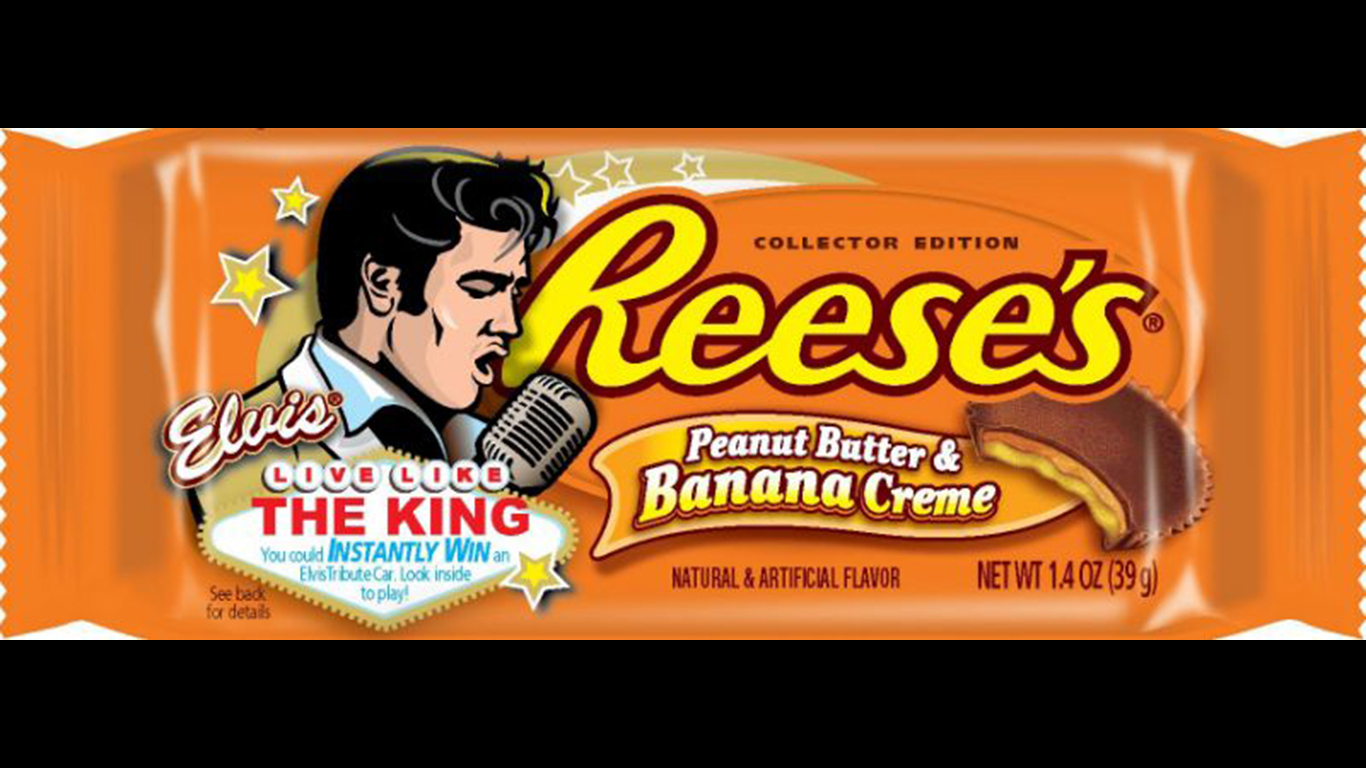
Reese’s Peanut Butter & Banana Creme Cups
> Introduced: 2007
> Discontinued: 2008
> Maker: Hershey
These were conceived as a tribute to Elvis, based on what was reputed to be his favorite sandwich (peanut butter and bananas), and the packaging bore an image of him — in younger years — with the legend “Live Like the King.”
[in-text-ad-2]
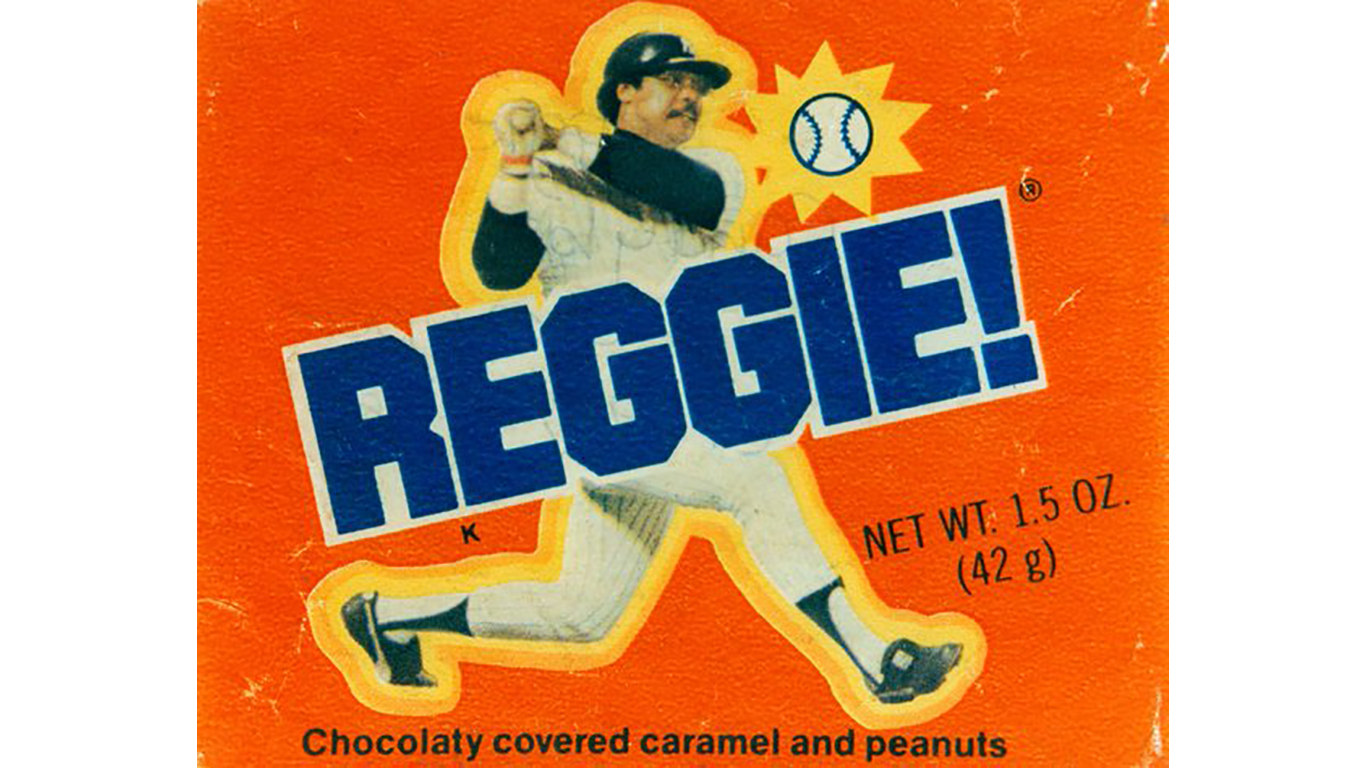
Reggie! bars
> Introduced: 1978
> Discontinued: 1982
> Maker: Wayne Candies
Similar to turtle candies in appearance and, like turtles, made of chocolate-coated caramel and peanuts, these were originally marketed as Bun Bars. In an effort to boost sales, their maker renamed them in honor of famed New York Yankees slugger Reggie Jackson. In 1982, a year after Jackson left the Yankees, the candy disappeared. It made a brief comeback in 1993 when Jackson was inducted into the Baseball Hall of Fame.

Screaming Yellow Zonkers
> Introduced: 1968
> Discontinued: 2007
> Maker: Lincoln Foods
Basically a sweetened popcorn, like Cracker Jack but without the nuts, SYZ — as their fans called the snack — was known for its vivid boxes, featuring designs by noted illustrators and humorous copy. ConAgra, which bought the original manufacturer in 2007 and discontinued SYZ, brought Zonkers back in 2012 as an exclusive for Walgreens, but they’ve since disappeared again.
[in-text-ad]

Summit Cookie Bars
> Introduced: 1977
> Discontinued: 1991
> Maker: Mars
Somewhere between candy and a cookie, the Summit was similar to the Kit Kat bar, but with the addition of roasted peanuts.

Swoops
> Introduced: 2003
> Discontinued: 2006
> Maker: Hershey
These were basically Pringle-shaped crisp versions of several of Hershey’s iconic candy offerings, including Almond Joy, Reese’s Peanut Butter Cups, and the Hershey Milk Chocolate bar itself.

Tato Skins
> Introduced: 1985
> Discontinued: 2000 (?)
> Maker: Keebler
Potato skins turned into chips, in such flavors as Cheddar Cheese n’ Bacon and Sour Cream n’ Chives, these didn’t exactly disappear around the year 2000. It was then that Keebler sold its Tato Skins division to an Arizona-based snack food company, Poore Brothers (later renamed Inventure Foods) — which promptly made a deal with the TGI Friday restaurant chain to market the chips under their label. Fans of the original, though, maintain that the formula has changed and that the Friday’s version isn’t the same.
[in-text-ad-2]
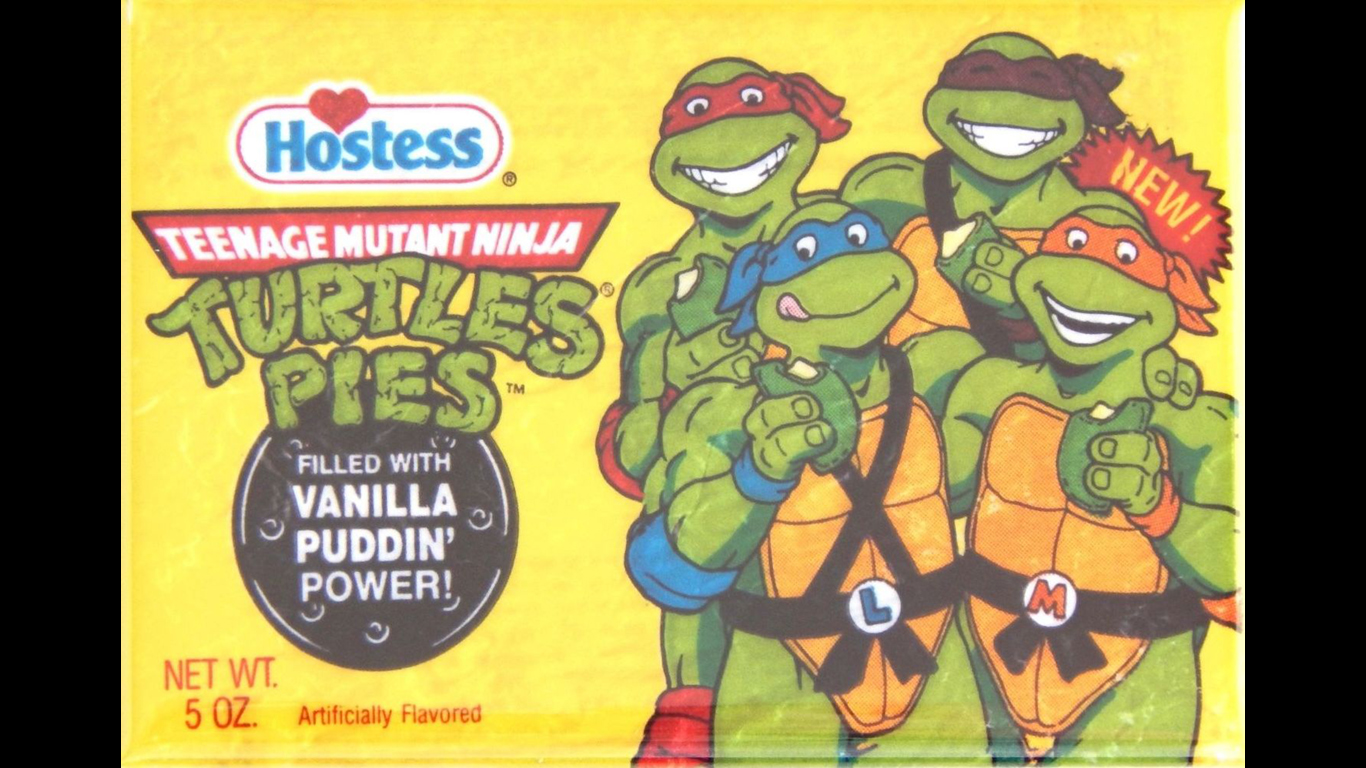
Teenage Mutant Ninja Turtles Pies
> Introduced: 1991
> Discontinued: 1991
> Maker: Hostess
There were numerous food tie-ins to this once-popular cartoon franchise. This example seems to be the one that people miss the most. The pies have no relation to chocolate turtles — they’re deep-fried mounds with an unsettling dark green coating, filled with vanilla pudding.

Twizzler Twerpz
> Introduced: 2004
> Discontinued: 2009 (?)
> Maker: Hershey
Regular Twizzlers are long twisted candy ropes in various flavors, similar to licorice (though only the first version, released in 1929, was licorice-flavored). Twerpz were like short, bite-sized cross-sections of the ropes, filled with chewy centers. The original varieties were orange and strawberry.
[in-text-ad]
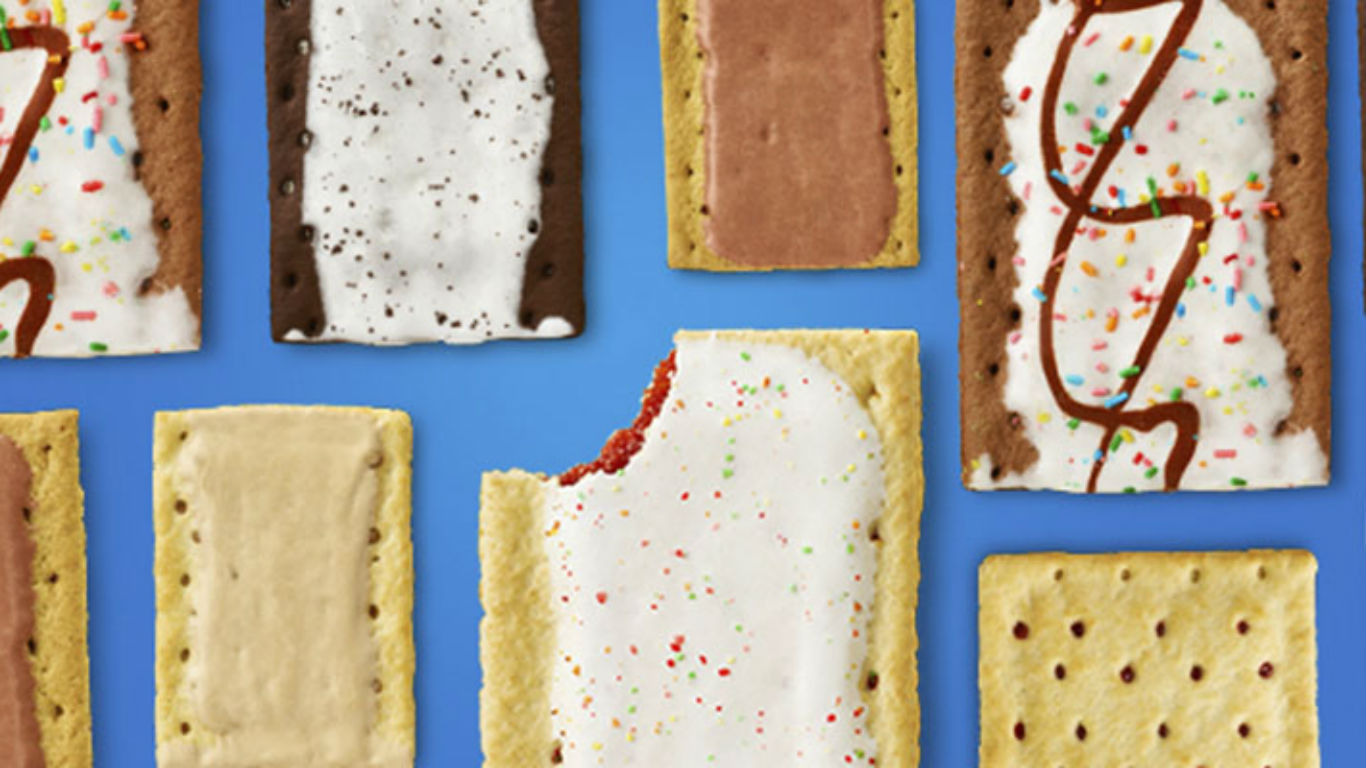
Wild! Magicburst Pop-Tarts
> Introduced: 1999
> Discontinued: 2003 (?)
> Maker: Kellogg
These “naturally and artificially flavored” iterations of Kellogg’s popular toaster pastries came in a single hybrid flavor: Blue Raspberry Striped (the “blue” referring to blueberries).

Willy Wonka’s Peanut Butter Oompas
> Introduced: 1971
> Discontinued: 1982 (?)
> Maker: Quaker Oats
Quaker’s Willy Wonka confection brand borrowed its name from the central character in Roald Dahl’s classic “Charlie and the Chocolate Factory.” The Oompas appeared the same year a movie version of the book was released as “Willy Wonka and the Chocolate Factory.” In both movie and book, Oompa Loompas were workers in the factory. These candies were like larger M&Ms, filled with both chocolate and peanut butter.
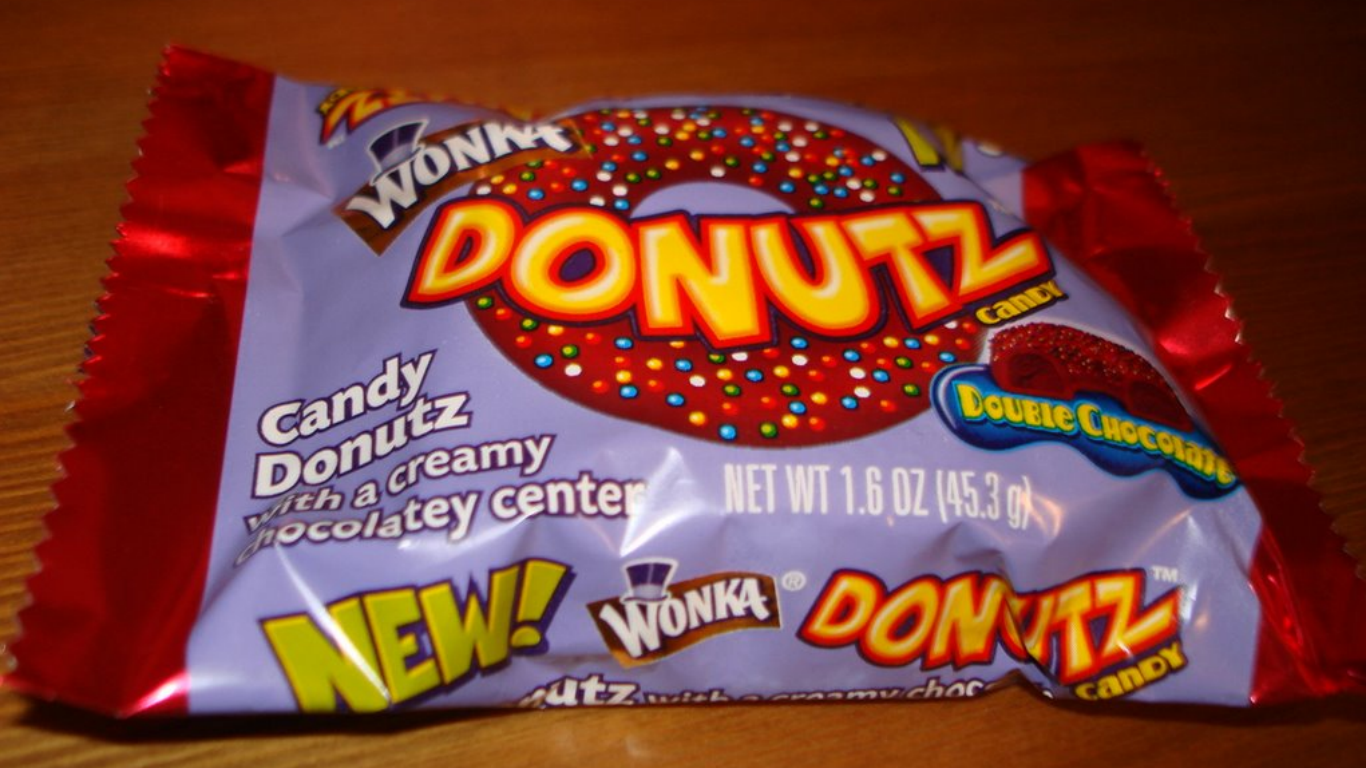
Wonka Donutz
> Introduced: 2005
> Discontinued: 2013
> Maker: Nestlé
These were doughnut-shaped chocolate candies covered in multi-colored sprinkles and were produced by Nestlé, which now owns the Wonka — formerly Willy Wonka — candy brand.
[in-text-ad-2]

Yogos
> Introduced: 2005
> Discontinued: 2010
> Maker: Kellogg
Yogos were tiny multi-colored fruit snacks with a yogurt shell. The original ones evolved into Yogos Bits and then Yogos Sour Bits before disappearing. An ipetition page headed “Bring back Yogos!!,” which announced a goal of 1,500 signatures, has earned 10,129 thus far.
Choosing the right (or wrong) time to claim Social Security can dramatically change your retirement. So, before making one of the biggest decisions of your financial life, it’s a smart idea to get an extra set of eyes on your complete financial situation.
A financial advisor can help you decide the right Social Security option for you and your family. Finding a qualified financial advisor doesn’t have to be hard. SmartAsset’s free tool matches you with up to three financial advisors who serve your area, and you can interview your advisor matches at no cost to decide which one is right for you.
Click here to match with up to 3 financial pros who would be excited to help you optimize your Social Security outcomes.
Have questions about retirement or personal finance? Email us at [email protected]!
By emailing your questions to 24/7 Wall St., you agree to have them published anonymously on a673b.bigscoots-temp.com.
By submitting your story, you understand and agree that we may use your story, or versions of it, in all media and platforms, including via third parties.
Thank you for reading! Have some feedback for us?
Contact the 24/7 Wall St. editorial team.